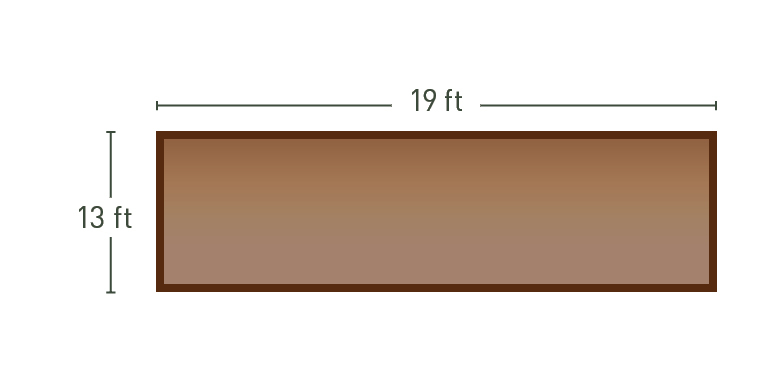
Japanese Garden Tools Vs. American: What’s the Difference?
You may have seen Japanese gardening tools popping up more in stores and online. Sure, they’re… Read More

This article refers to the rules and background for boules/petanque, a French game similar to bocce. Garrett Wade sells a Set of Boules made of beechwood, and will reference this product throughout the article.
A common game you encounter at parks or at the local community club is bocce, where teams looks like a variation on bowling. Although the influx of Italian immigrants across the US in the 20th century helped amplify the presence of bocce, this type of game has been in the United States for hundreds of years. Even George Washington had a bocce ball court in his Mount Vernon home. He played the British take on the game, which was called “bowls”. Part of the game’s popularity is that it is accessible, requires few pieces of equipment, and one can play under different rules without compromising the fun aspects of the game. “Boules”, or petanque, is a French game that closely resembles the commonly known bocce. But, its rules allow for a greater diversity of playing surfaces and sizes, which results in anyone’s backyard or local baseball field to make a perfect location.
Some differences include, but are not limited to:
The official dimensions for a petanque playing surface is about 49’x13′ (more precisely 15m x 4m) with some backstop to prevent boules from rolling too far away. The best playing surface is gravelly, sandy, or hard-packed and firm soil with grass cleared away. Since the boules are made of steel, they will become damaged from playing extensively on hard surfaces, such as concrete, plus the boules will roll away too easily, taking away from the precision necessary for the game.
Petanque can be played 1v1, 2v2, or 3 or more players per team. For one to two person teams, only 3 boules per team are used. Over three players per team, each player gets to toss twice.
Besides the playing surface, all you need is a set of boules and a 1″ jack, known as a “cochonnet” (small pig in French). The little piggy determines where play will take place on the surface. In the official rules, closed-toed shoes are also required, but no one’s watching for violations of this rule.

The game is turn-based and the two teams can determine who goes first with a coin flip or a one-time throw to see who lands closest to a certain point, whether it’s the cochonnet or some other marker. The team that wins the toss makes a small circle that all players must be inside when throwing the boules (around 20″ or 50 cm). The circle can be marked with a stick or using a hoop of the right size. Feet must be planted when throwing the boule until it hits the floor, as opposed to traditional bocce where there is a run-up involved. The jack (along with “cochonnet”, it is also referred to as a “but” or “petit”) must be thrown within 19-32′ (6-10m). If the jack falls outside of these boundaries, then the opposing team gets to place the jack wherever they’d like in this range and goes first.
Whichever team was able to successfully place the jack and win the right to throw first, the next team member follows and tries to throw the team’s boule as close as possible to the jack. The opposing team (team that goes second) must try to get their boule closer to the jack in order to “lead” the match. The team whose boule is closest to the cochonnet is said to be in the “lead”. If the opposing teammate’s first throw doesn’t achieve this, then the next teammate must throw their boule to get it closer than the initial team’s boule. The opposing team continues to throw until one of their boules gets closer to the jack than the initial team’s boule or if they run out of boules. It is permitted to knock the boules out of the way when trying to throw your own.
If the opposing team does manage to take the “lead”, then the initial team must try to reclaim it by throwing their boules. Similarly, the team goes until they manage to reclaim the “lead” or runs out of boules. Once both teams are out of boules, the round ends.
Only the team with the boule closest to the jack gets points. One point is given for each boule that is closer to the jack than the other team’s closest boule. The team that won the round opens the following round by throwing the jack, keeping within the 6-10m rule. The game continues until one team reaches 13 points.
A different variety of boules is called “boule lyonnaise”, which more closely resembles bocce. The playing area is a bit bigger, each team uses 4 balls, and there is a run-up